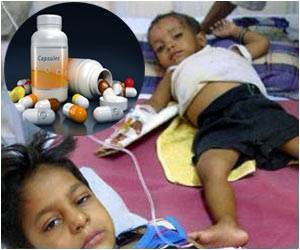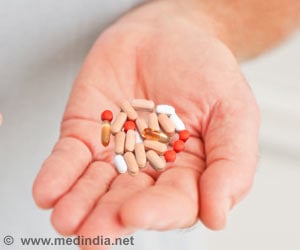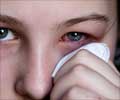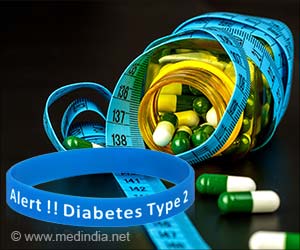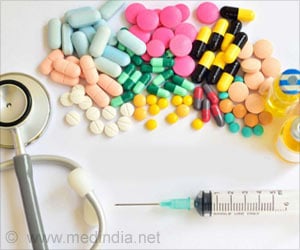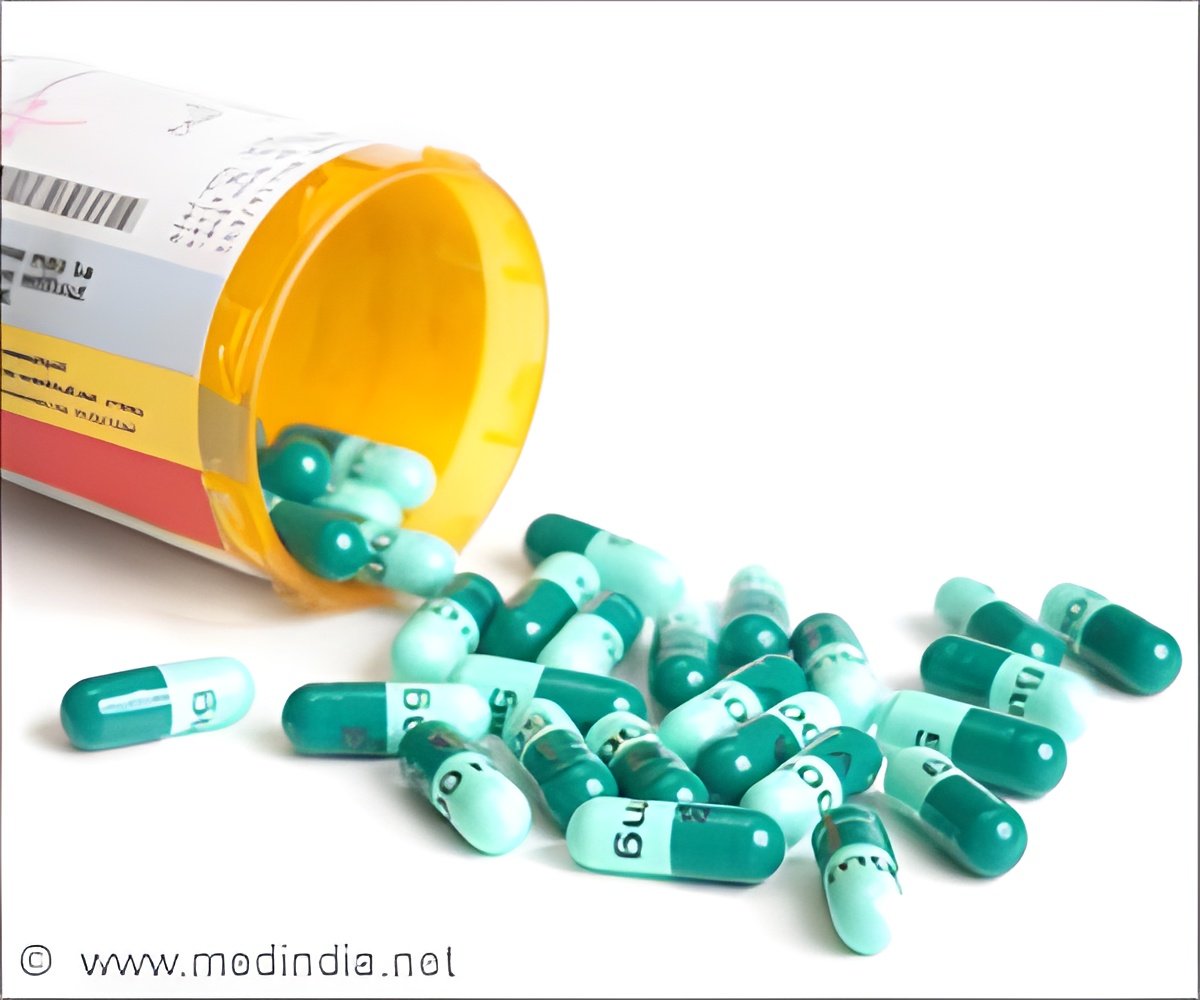
Their sale is illegal without a prescription under a law introduced last year. But an AFP reporter easily bought them this week for about 700 rupees ($12) from a busy pharmacy in an upmarket New Delhi suburb.
Doctors and other health experts say such easy access to antibiotics in India, home to 1.2 billion people, is stoking bacterial resistance to drugs, a global problem that could see long-treatable diseases become killers once again.
"Growing resistance to antibiotics is a terror for the health of our people," the country's chief drugs regulator GN Singh told AFP.
"Misuse, overuse should not happen, else there will come a time when the simplest illnesses will be hard to cure," said Singh, the Drugs Controller General of India.
But he was "not surprised" the drugs were easy to obtain, saying cracking down on chemists and over-prescribing doctors and educating patients about the dangers of overusing them was an uphill battle.
Advertisement
India's $12.4 billion pharmaceutical industry manufactures almost a third of the world's antibiotics.
Advertisement
The country's growing middle class is increasingly popping antibiotics as a quick-fix rather than allowing their immune systems to fight common illnesses.
Doctors also wrongly prescribe antibiotics for viral infections against which they are wholly ineffective, said Sudeep Khanna, a Delhi-based gastroenterologist.
"There is often a lot of pressure from the patients because they want immediate relief and even doctors tend to over-treat in hopes that the patient will recover quickly," Khanna told AFP.
The study called "Global Trends in Antibiotic Consumption 2000-2010" found antibiotic use worldwide had risen 36 percent in that time period.
India emerged as the world's largest consumer, with the country's use of antibiotics growing 62 percent over a decade, from eight billion units in 2001 to 12.9 billion units in 2010.
Experts say overuse is giving rise to dangerous drug-resistant superbugs -- with huge consequences for India, home to millions of poor and already sick people.
India's inadequate sanitation increases the chances of infections from drug-resistant bacteria. About half of the country's residents defecate in the open, while overflowing drains and uncovered sewers even in big cities such as Delhi spread bacteria through faeces.
"Given our high background rates of infections, antibiotic resistance has potentially more serious consequences for us than for countries that may have better sanitation and infection control," author Ramanan Laxminarayan told AFP in an email.
Superbug NDM-1 (New Delhi metallo-beta-lactamase 1) created global panic when it was found in the Indian capital in 2010 and showed resistance even to carbapenems, a group of antibiotics often reserved as a last line of defence.
For India, such superbugs also risk damaging its $1.2 billion medical tourism industry, in which swanky new hospitals offer everything from facelifts to fertility treatment at a fraction of the price of Western countries.
- 'No miracle solution' -
The study criticised India's health system, including its policy makers for failing to adequately regulate use of antibiotics.
Regulator Singh pointed to state authorities, saying they needed to keep a tighter check on pharmacists, including threatening to cancel their licences if they handed over drugs without a prescription.
But Purva Mathur, member of a national government panel that is developing a new antibiotics policy, said slashing the use of antibiotics was "easier said than done".
"There is no miracle solution to this, it won't stop overnight. But it's not as if the government is sitting back and doing nothing," said Mathur, a microbiologist at the state-run All India Institute of Medical Sciences in Delhi.
The government last year banned over-the-counter sales of 46 strong antibiotics, including Faronem and Linospan and drugs to treat tuberculosis (TB), without a prescription.
India is home to 25 percent of the world's 8.6 million TB sufferers and a growing number of multi-drug resistant TB cases.
The new policy will provide guidelines to all health officials on how best to monitor the manufacture and sale of antibiotics, keep track of prescriptions and launch public awareness programmes.
The policy is expected to be ready by December but implementation "could easily take a few more years", said Mathur.
VM Katoch, head of the state-run Indian Council of Medical Research, said mass education campaigns for consumers about the dangers of antibiotic misuse need to be increased.
"Indians take antibiotics very casually, that's just their attitude," he added.
Source-AFP


